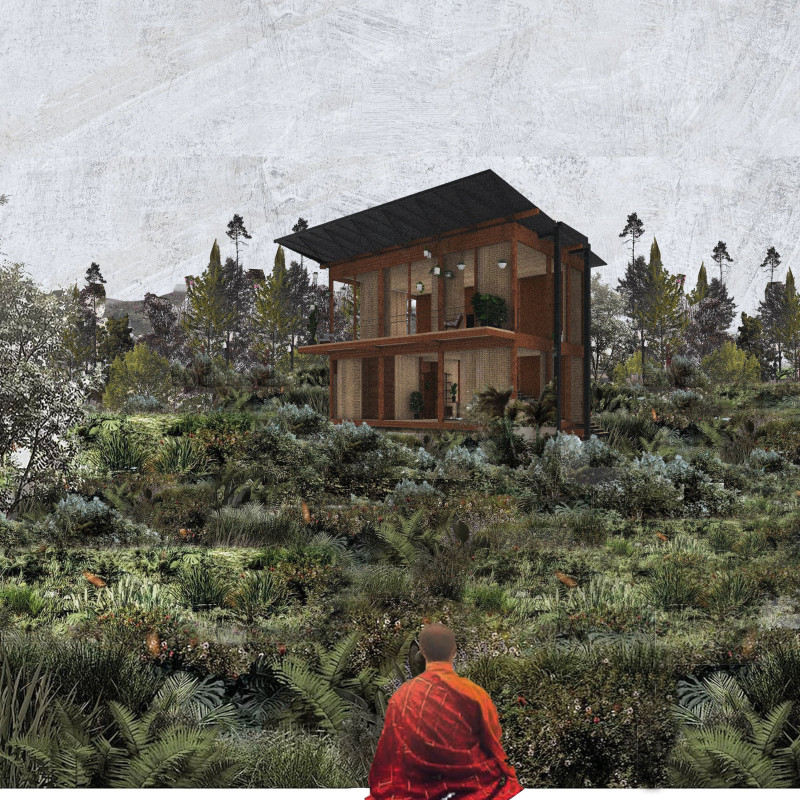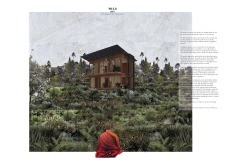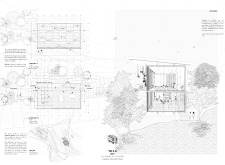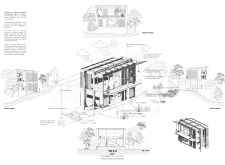5 key facts about this project
Unique Design Approaches
YR 2.0 distinguishes itself through its innovative approach to environmental sustainability. The design incorporates natural ventilation mechanisms and large glass surfaces, fostering both energy efficiency and a seamless connection to the outdoor environment. The use of sustainable materials, such as responsibly sourced wood and eco-friendly insulation, reflects a commitment to minimizing the building's carbon footprint. The architectural layout features staggered floor levels that enhance sightlines and airflow, facilitating the interplay between indoor and outdoor spaces.
The structure integrates green roofs and rainwater harvesting systems, promoting water conservation and reducing urban runoff. The integration of solar panels contributes to the building's energy needs, reinforcing its status as a holistic ecological system. This architectural strategy not only ensures lower operational costs but also showcases practical solutions to contemporary environmental challenges.
Spatial Organization and Community Focus
The architecture of YR 2.0 emphasizes an open-plan layout that encourages social interaction while maintaining areas for privacy. Multi-purpose spaces are designed with versatility in mind, supporting various activities from community gatherings to wellness practices. The surrounding landscape is intentionally designed to include native plant species, fostering local biodiversity and creating sustainable outdoor spaces.
This project recognizes the role of architecture in enhancing community engagement and well-being. By incorporating gardens for vegetable and flower cultivation around the building, YR 2.0 serves as a catalyst for urban agriculture and community involvement.
For more information on the architectural plans, sections, and designs of this project, readers are encouraged to explore the project presentation. These elements provide further insights into the architectural ideas that define YR 2.0, illustrating its commitment to sustainability and community integration.


























